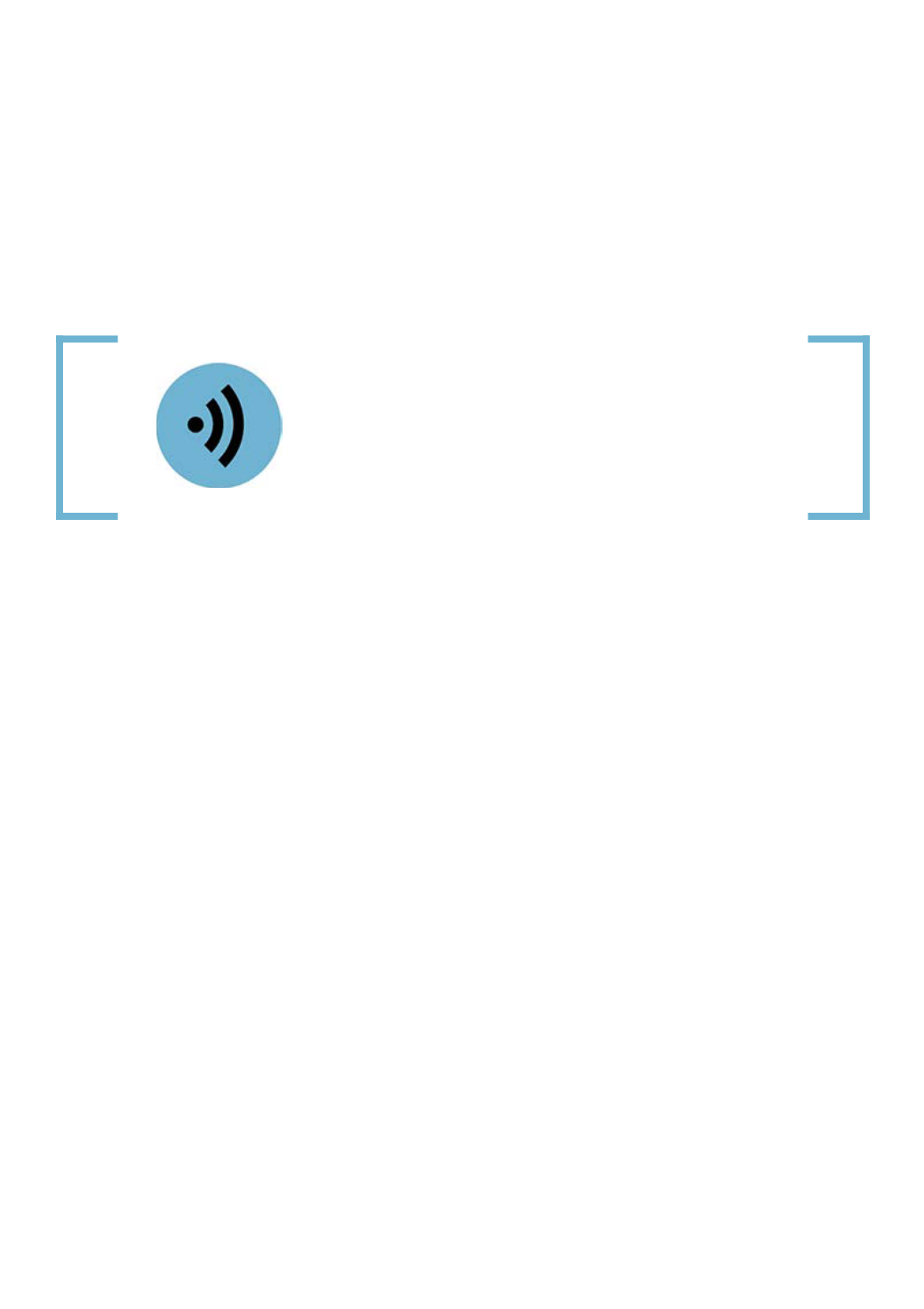
person to be well and free of suffering, but acts as best as he or she can to correct the condition.
From a Buddhist perspective, the ultimate cause of suffering is ignorance – a misapprehension of
reality’s interdependence, and bringing insight and clarity into that delusion will lead to the
eradication of suffering and its causes.
As we can see from the explanations above, the development of compassion does not follow a
single path. Compassion is not an independent skill, nor is it a tool that creates happiness; it is
more a way of being. Hence one should not think of having compassion, while useful, but rather of
being compassionate. Accordingly, compassion is closely related to ethical behavior and conduct.
Since they are highly correlated and co-dependent, the four Brahmaviharas are always taught,
trained and remembered together, as they benefit and strengthen each other.
Diego Hangartner
"Loving Kindness Meditation"
16:39 min
Enemies of the Four Immeasurables
When we think of compassion, we need to be aware that there are also opposites and enemies to
compassion. Some of these enemies are very obvious, while other antagonists are often not easily
identified: they are disguised, deceiving and look similar to the positive emotion itself.
Correspondingly, one speaks of far and near enemies. It is important to be mindful of both far and
near enemies – otherwise the practice is tricked and the application misled.
When we look at loving-kindness, the obvious far enemies are hatred, enmity, aversion, anger and
hostility. When we are in a state of hatred it is impossible to be loving and kind at the same time.
However, there is another emotion that disguises itself as loving-kindness. This feeling is desire, or
in a weaker form, attachment; both are near enemies of loving-kindness. At first, attachment in
disguise might appear to be alike, but it is not the same because of its motivational factor. In
relationships, for example, we may see the partner as the cause of our own well-being. When
there is no true loving-kindness, the wish of “May you be happy and have the causes of happiness”
ends up being “May you be the source of my happiness”. This is attachment masquerading as
loving-kindness. Many relational problems, or relationship breakdowns, are due to attachment and
desire in disguise. Desire, attachment and, related to that, expectations, are often the underlying
dynamic forces behind what we believe is love. It’s very important to identify these traits in one’s
consciousness and to differentiate these near enemies clearly from loving-kindness.
The same dynamic is true of compassion. The far enemy of compassion is cruelty, which again is
obvious: you cannot wish for some being to be free of suffering and at the same time cause it
harm. Cruelty can also appear as a mere wish, such as “May you experience suffering” or “I will
annihilate you”. In close vicinity to compassion, and often understood as compassion, another
emotion can appear: it is pity, the near enemy disguised as compassion. Pity is the feeling of
sorrow for the misfortune of oneself, or others. Pity is not useful. It engenders a sense of
superiority, and that feeling of supremacy is a cause of arrogance and countless related problems.
Pity also blocks one’s impulse and activities to alleviate suffering in an appropriate way, and it can
even lead to more sorrow. It seems that in our culture pity is often misunderstood for compassion:
“If you don’t feel pity, you are indifferent to distress, and cannot feel compassion”. Using pity in this
162


